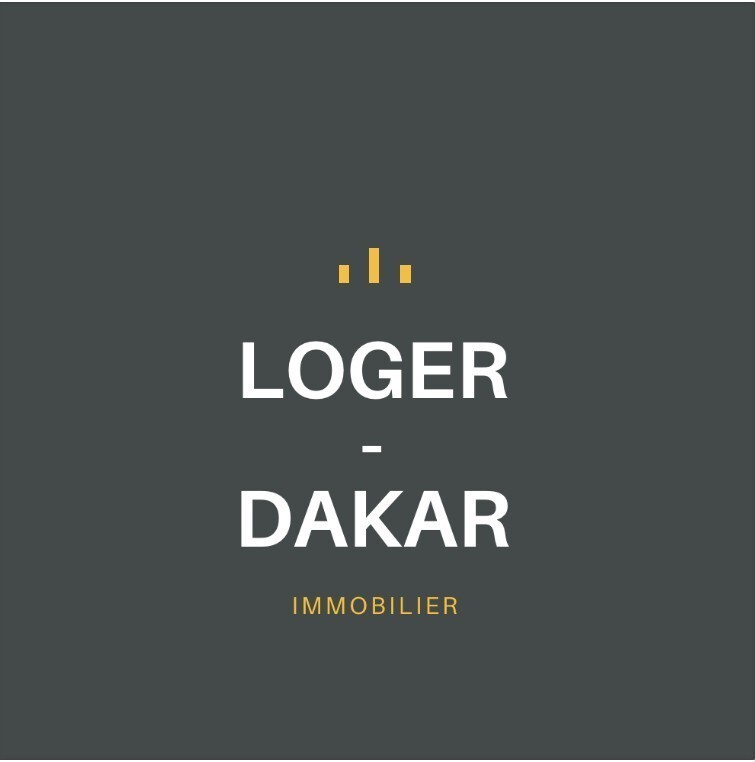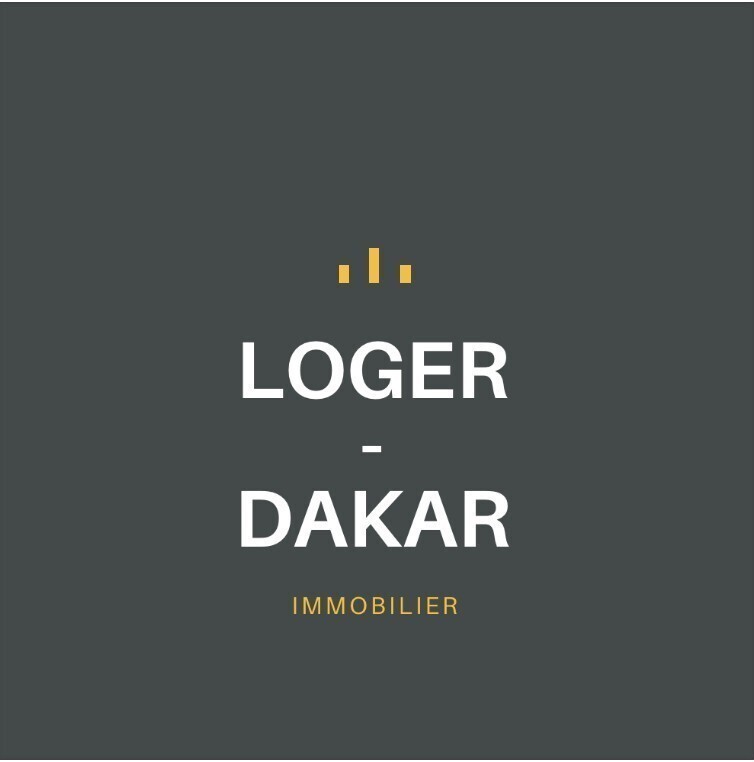Sample of a Rental Agreement in Senegal
A contract of lease is a legal contract between a landlord and a tenant for the use of a commercial or residential property in exchange for monthly rent. The terms of the contract are negotiated between the parties and, if the tenant is approved after completing a rental requestA lease is drawn up. A copy of a lease in Senegal (PDF).
Consider when completing this rental contract
- Lease conditions: The normal length of a lease is 12 months. While it's tempting to extend the lease, you don't know what kind of tenant you might have; can be a nightmare, causing problems with your other tenants, damaging your property and even facing huge amounts of rent and utility bills. The 12-month lease gives you the option of removing any unwanted tenant at the end of the lease, or keeping the tenant in a month-to-month arrangement, or even letting them sign an additional lease for a different period.
- The rentThe rent paid will be determined by standard market factors. The initial term of the lease must allow a stable rent to be maintained in the event of an unexpected change in the substance of the property. the property. Rent increases must be made after the expiry of the lease term. initial lease or when renewing a lease or with the addition of visual improvements to the property or unit (i.e. new appliances, secure parking, free Internet access). If you are considering signing the lease for a period longer than one year and wish to include a lease addendum that increases the rent by 2-5 % each year after the initial lease term. In addition, you need to know whether or not you will be charged late fees for unpaid rent or late payments.
- Moving in and out Many landlords require the first month's rent in addition to the security deposit to be paid before move-in day to secure the tenancy. It's also important to think about what you'll do in the event that your tenant(s) want to leave early and end their lease. Are you prepared to let this happen and charge them or let them sublet the rental property or unit?
- Additional conditions and addendaThe basic lease template cannot be used to cover every scenario for every property, especially since it is a basic lease. In addition to the addenda that are listed in the lease text, each property is unique and has special features, characteristics or appeal. An addition to the lease to address these circumstances is an important factor to consider. You may choose to use the basic lease and then deal with these particular issues, such as clubhouse or pool use and the effect that an annual or local festival might have on tenants, and policies regarding political signs or flags.
Important considerations for homeowners
In addition to former commercial and residential property owners, extra care is needed when entering into lease agreements and signing them with tenants. Beyond the financial aspects of the lease, a landlord needs to think about how he can ensure his security before and during the term of the lease. Every tenant, every landlord and every lease is different, and any advice specific to the situation requires personal review and analysis. This article will address some concerns and issues to keep in mind, but it is not an exhaustive guide to the important concerns facing the residential landlord.
Legal exclusions aside, a landlord seeking to protect himself from liability or attorney's fees should consider the points below regarding the lease provisions listed below that must be included in the lease. They can lead to costly mistakes by the landlord:
Use of the property :
The intention to use the property is likely to have been envisaged prior to the lease agreement, or may even be assumed. However, it is crucial that the landlord sets out specific limitations on the tenant's rights to use the property. Based on assumptions, conversations that have already taken place and a failure to consider the implications of a lease, a landlord could overlook the specific use of the property that is mentioned when drafting the lease. While residential use requirements and restrictions can be accepted, there are important considerations that must be taken into account. A well-drafted residential lease should take into account the following limitations and requirements:
Specify residential use.
A residential lease must state that the property will be used for residential purposes only, and not for commercial, retail or business purposes.
Limit the number and type of occupants.
An owner needs to consider the restrictions that need to be put in place regarding the total number of guests as well as the relationship between occupants and the possibility of long-term or overnight guests.
Require certain obligations of the tenant.
A residential lease obliges the tenant to maintain the property in a good state of repair. It can also limit the period during which the property can remain empty during the term of the lease.
Insurance policies A landlord must ensure that his property (and his wallet) is protected in the event of a variety of events, ranging from fire to slip-and-fall accidents to a disgruntled tenant or reckless ( or malicious) actions by the tenant or a third party. The landlord should consider requiring a tenant living in the property to take out certain types of insurance policies, or to insure the property and recommend that the tenant take out tenant's insurance. As a landlord, it's important to remain responsible for the insurance policy to monitor coverage and ensure that the policy is in place and regularly paid up. If you wish to transfer the cost of insurance to the tenant, this could be included in the lease as an itemized charge on top of the rental. This is the norm for "triple net" leases. Security in the event of a tenant default: No matter how well the lease conditions are written, or how well informed an individual tenant is, there are bound to be cases where tenants fail to meet their obligation to comply with the lease conditions. This may be due to cash flow problems, misinterpretation of lease conditions or simply to a tenant's negligence (or carelessness), with every landlord running the risk of a tenant not complying with the terms of their lease. It's important to note that a default is more than just late (or unpaid) rent. It also covers cases such as misuse of the property, failure to obtain required insurance or breach of other specific lease clauses. A residential use contract should generally define what constitutes a default, for example:
(i) failure to pay rent on time,
(ii) failure to comply with any obligation under the Lease after written notice from the Landlord,
(iii) an event indicating the tenant's bankruptcy or insolvency, and (iv) the filing of a lien or judgment against the tenant's property or leasehold interest. A well-drafted lease should describe the rights the landlord has in the property as well as the tenant and lessee, such as:
- The owner has the right to terminate the lease and take possession of the property.
- The landlord has the right to claim all charges due under the lease, as well as any sums due.
- The tenant is responsible for all expenses (including legal fees) paid by the landlord in the event of termination of the lease and/or sale on the premises.
- The owner can return to the property and rent it out to another tenant.
- The tenant is responsible for all expenses related to the re-rental of the property.


